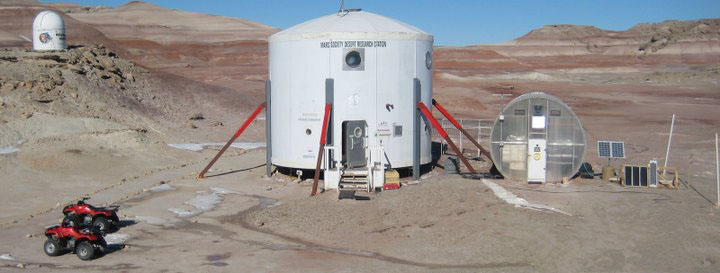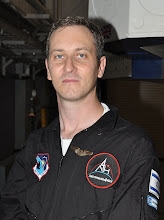 One day and 19 years after the Apollo 1 disaster space shuttle Challenger discintegrated during ascent and cost the lives of seven people - Michael J. Smith, Dick Scobee, Ronald McNair, Ellison Onizuka, Christa McAuliffe, Gregory Jarvis and Judith Resnik.
One day and 19 years after the Apollo 1 disaster space shuttle Challenger discintegrated during ascent and cost the lives of seven people - Michael J. Smith, Dick Scobee, Ronald McNair, Ellison Onizuka, Christa McAuliffe, Gregory Jarvis and Judith Resnik.This disaster, the first of two shuttle disasters, came at a time when the space shuttle program was perceived almost as routine by the public - the 25th space shuttle flight, 10th for Challenger, and on the other end it did get media coverage due to the novelty of the first participant of the Teacher in Space project, the first civilian flying on the shuttle. Right when a new generation of children were thrilled that a teacher like theirs (or their own teacher for Christa McAuliffe's class) was going to space, when countless kids were literally looking to the sky or watching the launch live on TV forming their own space dreams, the worst has happened.
The shock was as big if not bigger than Apollo 1, if only because of the much broader media coverage in full color and the lack of preparedness of the public due to the normality of shuttle flights.
Unlike Apollo 1, the failure was a single O-ring in the right solid rocket booster (SRB) rather than a series of issues.
I personally didn't watch the launch live as in Israel it happened very late at night (I was a sixth grader at the time). Needless to say, the news in Israel reported about it the next day, but the impact was probably not as big as it was in the U.S., if only because schools weren't following it as closely.
In an ever growing media frenzy environment, I hope that people still have time to remember the fallen. Not only these seven, but a lot of others who gave their life for what they believed in and helped advanced humanity towards fulfilling its full potential, in the space arena and elsewhere.
Resources:
Wikipedia: http://en.wikipedia.org/wiki/STS-51-L
http://en.wikipedia.org/wiki/Space_Shuttle_Challenger_disaster
About.com: http://space.about.com/cs/challenger/a/challenger.htm
NASA: http://history.nasa.gov/sts51l.html
May they rest in peace.






 Space Shuttle Launch Poll Results
Space Shuttle Launch Poll Results












